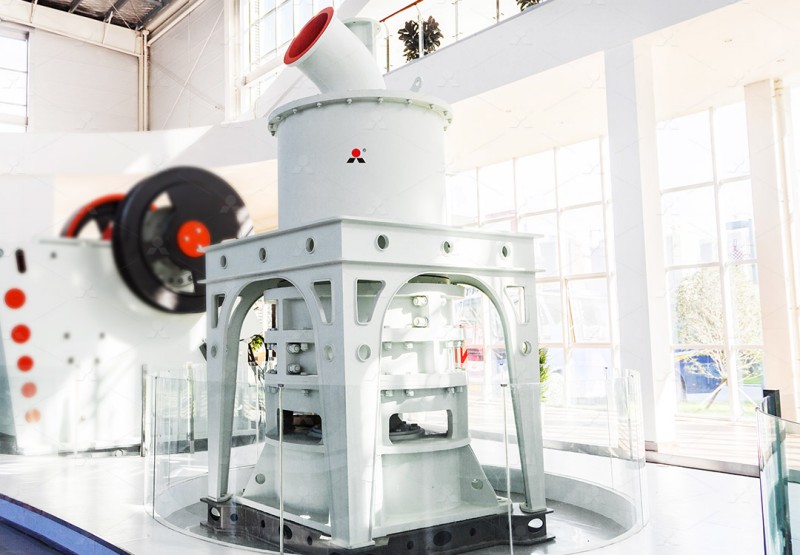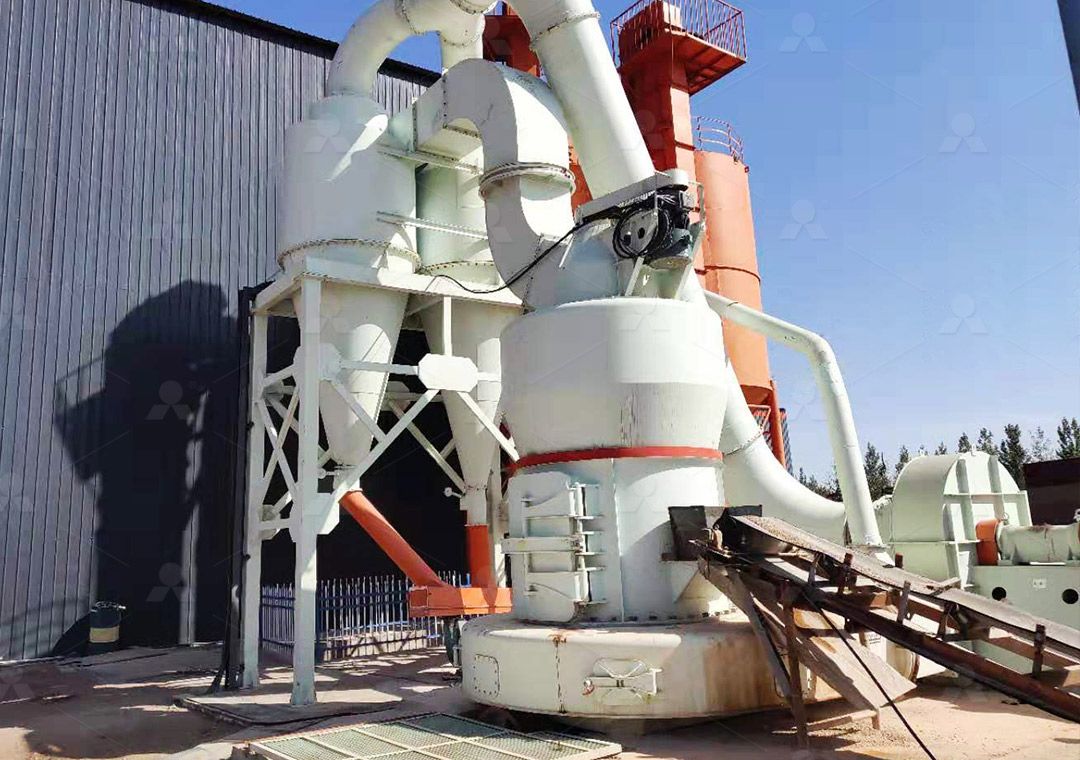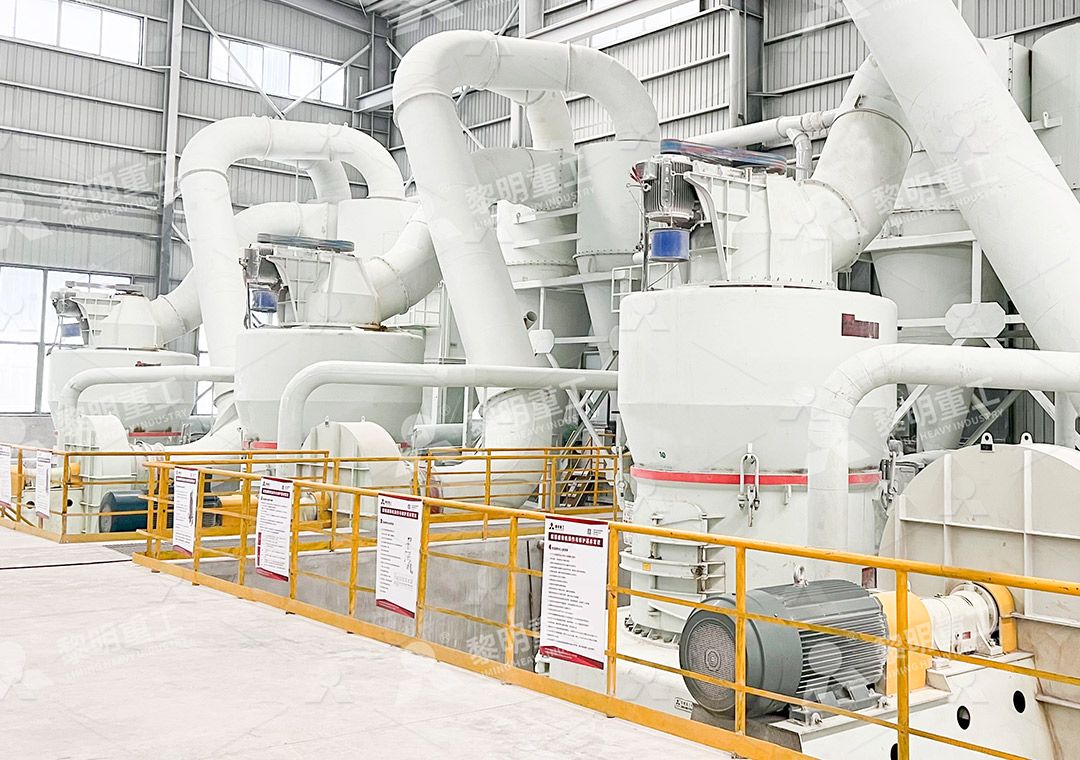Latest Marble Grinding Mill: Advanced Technology for Fine Powder Production
Revolutionizing Fine Powder Production with Advanced Grinding Technology
The manufacturing industry’s demand for ultra-fine powders has never been higher, particularly in sectors such as cosmetics, pharmaceuticals, paints, and construction materials. As specifications become increasingly stringent, traditional grinding methods often fall short in delivering the precision, efficiency, and environmental compliance required by modern production facilities. The latest advancements in grinding technology are addressing these challenges head-on, offering unprecedented control over particle size distribution while significantly reducing operational costs.

The Evolution of Precision Grinding
Modern grinding mills have undergone significant technological transformations, moving beyond basic crushing mechanisms to sophisticated systems that integrate multiple processes. Today’s advanced mills incorporate intelligent control systems, precision engineering, and environmental safeguards that were unimaginable just a decade ago. The key differentiators in contemporary grinding technology include energy efficiency, precise particle size control, minimal environmental impact, and operational reliability.
One standout innovation in this space is our MW Ultrafine Grinding Mill, which represents a leap forward in fine powder production technology. Designed specifically for customers requiring ultra-fine powder between 325-2500 meshes, this machine incorporates German powder separation technology that ensures exceptional precision in particle size distribution. With an input size capacity of 0-20 mm and production rates ranging from 0.5 to 25 tons per hour, the MW Ultrafine Grinding Mill delivers remarkable versatility across various applications.
Key Technological Breakthroughs
The most significant advancements in modern grinding mills center around energy efficiency and operational reliability. Traditional grinding methods often consumed excessive power while delivering inconsistent results. Contemporary designs address these issues through innovative engineering solutions that optimize every aspect of the grinding process.
The MW Ultrafine Grinding Mill exemplifies this progress with its revolutionary design that eliminates rolling bearings and screws within the grinding chamber. This architectural decision prevents common failure points and eliminates machine damage caused by loose components. Furthermore, the external lubrication system enables maintenance without shutdowns, supporting continuous 24-hour production cycles that maximize operational efficiency.

Environmental Considerations in Modern Grinding
Environmental compliance has become a critical factor in industrial equipment design. Modern grinding mills must not only deliver superior performance but also operate within strict environmental guidelines. The integration of efficient pulse dust collectors and advanced muffling systems has become standard in high-end grinding equipment, ensuring that production processes don’t compromise air quality or create noise pollution.
Our MW Ultrafine Grinding Mill addresses these concerns comprehensively. The integrated pulse dust collector ensures no dust pollution occurs during operation, while specially configured silencers and noise elimination rooms reduce acoustic impact. The entire production system is designed to meet national environmental protection standards, making it an ideal choice for facilities operating in environmentally sensitive areas or those subject to rigorous regulatory oversight.
Applications Across Industries
The versatility of advanced grinding mills extends their utility across numerous sectors. From processing limestone, calcite, and dolomite for construction materials to creating fine powders for cosmetics, pharmaceuticals, and food additives, modern grinding technology serves diverse industrial needs. The ability to precisely control fineness between 325-2500 meshes opens up applications that were previously challenging or impossible with conventional equipment.
For operations requiring even greater precision and specialized vertical grinding capabilities, our LUM Ultrafine Vertical Grinding Mill offers an excellent alternative. With its unique roller shell and lining plate grinding curve design, the LUM mill generates material layers more effectively and achieves higher finished product rates through single-pass powder milling. This technology, which handles input sizes of 0-10 mm with capacities of 5-18 tph, particularly excels in producing superfine dry powders of non-metal ores.

Operational Efficiency and Maintenance Advantages
Beyond initial performance metrics, the true value of advanced grinding mills emerges in their long-term operational characteristics. Equipment that requires frequent maintenance, complex servicing procedures, or extended downtime quickly diminishes its economic advantages, regardless of its theoretical capabilities.
The digital processing techniques employed in modern mills like the MW series ensure higher precision, especially for core components. With dozens of lines of numerical controlling machine tools handling operations from steel plate cutting to final assembly, the resulting equipment offers reliability that translates to reduced operating costs over the equipment’s lifespan. Combined with comprehensive spare parts support and technical services, these advancements provide operations managers with confidence in their production capabilities.
Frequently Asked Questions
What makes the MW Ultrafine Grinding Mill more energy-efficient than traditional mills?
The MW Ultrafine Grinding Mill incorporates newly designed grinding curves of the grinding roller and ring that enhance grinding efficiency significantly. With the same fineness and power, its production capacity is 40% higher than jet grinding mills and stirred grinding mills, and twice as large as ball grinding mills, while system energy consumption is only 30% of jet grinding mills.
How does the cage-type powder selector improve product quality?
The cage-type powder selector, which incorporates German technology, effectively increases the precision of powder separation. The multi-head design can be configured according to specific requirements for yield, fineness, and sieving rate, allowing product fineness adjustment between 325-2500 meshes with screening rates achieving d97≤5μm in a single pass.
What maintenance advantages does the MW Ultrafine Grinding Mill offer?
The absence of rolling bearings and screws inside the grinding chamber eliminates concerns about bearing damage or sealing part failures. With the lubricating device installed outside the main shaft, lubrication can be performed externally without shutdown, enabling continuous 24-hour production.
How does the LUM Ultrafine Vertical Grinding Mill differ from the MW model?
The LUM Ultrafine Vertical Grinding Mill features a vertical design that integrates ultrafine powder grinding, grading, and transporting. It employs the latest Taiwan grinding roller technology and German powder separating technology, with a unique roller shell and lining plate grinding curve that makes it easier to generate material layers and achieve high finished product rates through single-pass milling.
What environmental features do these grinding mills include?
Both the MW and LUM mills incorporate efficient pulse dust collectors that prevent dust pollution during operation. Silencers and noise elimination rooms reduce acoustic impact, and both systems are designed to meet national environmental protection standards, operating with minimal ecological impact.
